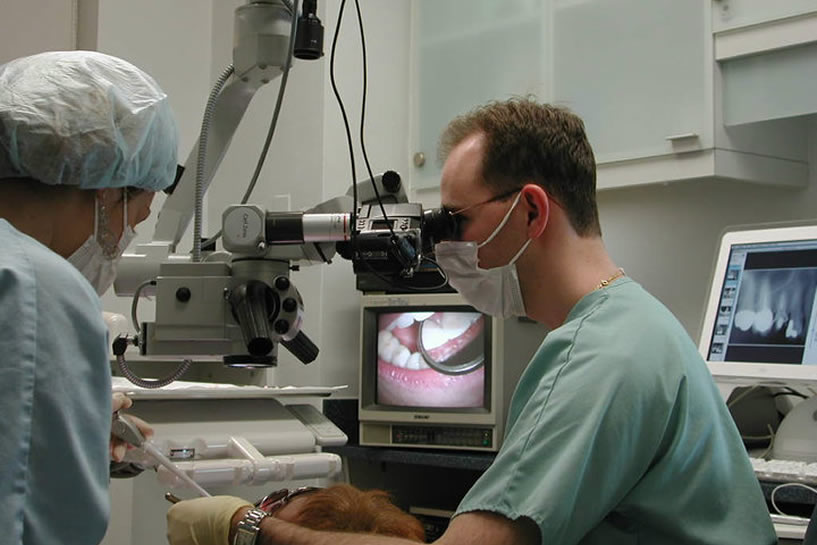When it comes to root canals, it’s natural to assume that pain is the key indicator. However, the truth is that pain is not the only sign that you may need a root canal. In fact, there are several other important factors to consider.
Root canals are a valuable technique used to save your natural teeth when they have irreversible pulpitis, which is an infection of the nerve pulp that cannot be successfully treated. This type of infection can occur due to severe decay or tooth injuries. While pain is often present, it is not always reliable.
In order to determine if you need a root canal, your endodontist here at Fifth Avenue Endodontics will look for signs of infection, rather than just relying on pain. Inflammation in the tooth’s nerve pulp is the primary factor they’re searching for. While pain can be a symptom, it’s not a definitive indicator.
In addition to pain, there are other symptoms that may suggest the need for a root canal. These can include tooth sensitivity to hot or cold temperatures, facial or gum swelling, and teeth that appear gray or discolored.
Even if your pain temporarily subsides, it’s crucial to recognize that the infection may still be present. In fact, there may be pus drainage or a pimple-like formation on your gum, known as a fistula. These are clear indicators of pulpitis and require treatment, despite any temporary pain relief.

Pain associated with an inflamed nerve pulp can also be inconsistent. It’s important to mention that if your dentist prescribes antibiotics for an infected tooth and your pain lessens, it may not mean that the tooth is completely healthy again. It could be due to the nerves in your tooth dying. Some patients even report experiencing “positional pain” that only arises when they change positions, such as sitting up or lying down.
In summary, don’t solely rely on pain as an indicator for needing a root canal. Take into account all the symptoms mentioned here and consult with us to determine the best course of action for your dental health.

